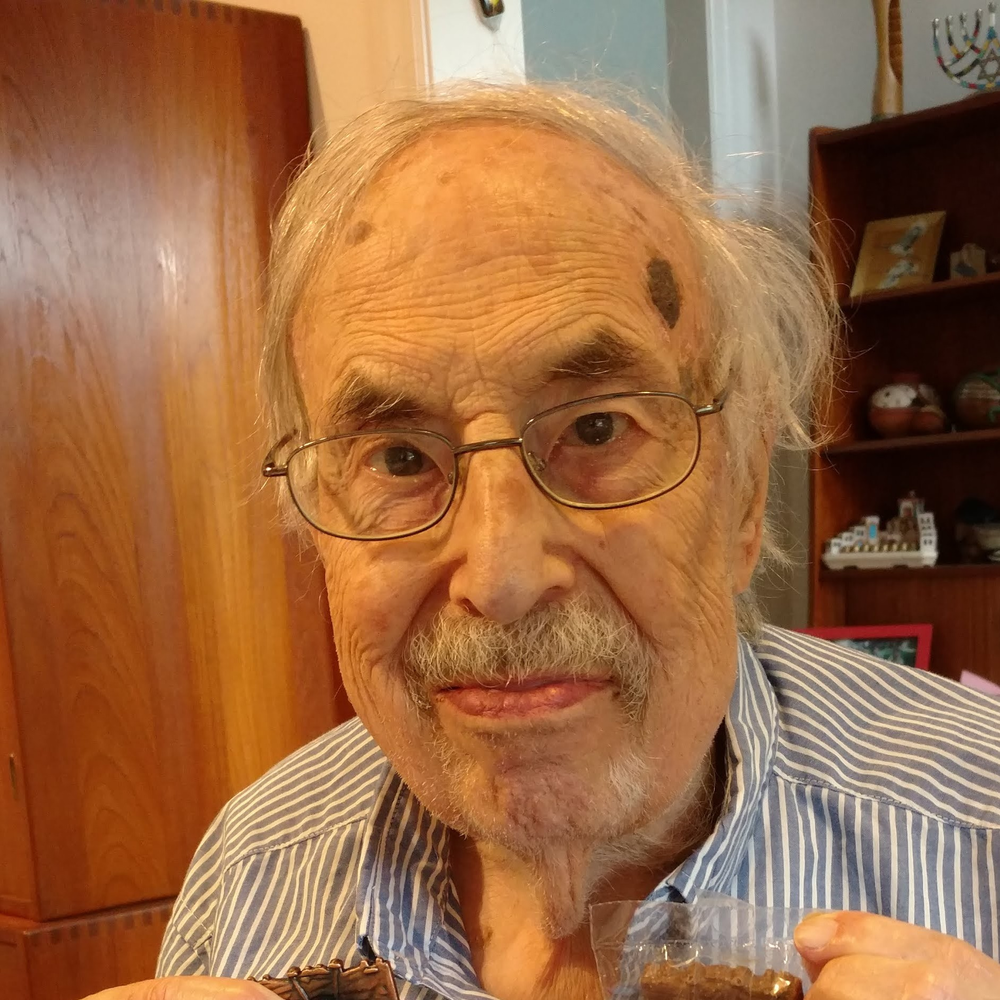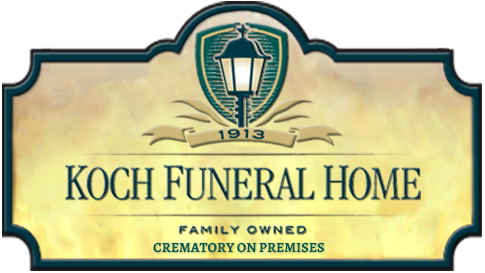
Obituary of David Beryl Geselowitz
David B. Geselowitz, who made important contributions to the theory of the
electrocardiogram, died on August 22, 2020 at the age of 90. He was a
Distinguished Alumni Professor Emeritus of Bioengineering and Professor
Emeritus of Medicine at the Pennsylvania State University.
David was born in Philadelphia in 1930. His father, Sidney W. Geselowitz,
was a pharmacist and his mother, Fannie Charny Geselowitz, was a
garment worker. He graduated from Central High School in Philadelphia
and the University of Pennsylvania where he received BS, MS and PhD
degrees in Electrical Engineering. Upon graduation with the bachelor’s
degree in 1951, he was awarded the Atwater Kent Award as the top
student in his class.
In 1953 he married Lola Wood, whom he met when she was 15 years old.
Lola later attended college and received a Ph.D in clinical psychology from
the Pennsylvania State University, in addition to raising three sons.
David’s doctoral dissertation dealt with theoretical approaches to the
electrocardiogram with consideration of the relationship of ECG potentials
on the skin to electric sources in the heart. A paper reporting this work
became a Science Citation Classic on the basis of the number of
references to it in the literature. Other early work with Dr. Paul H. Langer,
Jr. established the significance of small notches in the electrocardiogram.
Following his graduation he remained on the faculty of the University of
Pennsylvania. Together with Herman Schwan he was instrumental in
establishing the pioneering doctoral program in biomedical engineering at
the University. In 1971 he moved to the Pennsylvania State University
where he established a graduate program in Bioengineering.
David’s major contributions were in theoretical electrocardiology. With his
student Walter T. Miller, he developed the Miller-Geselowitz model which
relates cardiac sources to the electrocardiogram. The model accounted for
the normal ECG as well as a number of abnormalities. He also developed
the theory for magnetic fields generated by the heart and brain. This theory
is used extensively by researchers in magnetocardiography and
Magnetoencephalography.
Another seminal paper developed a theory for impedance plethysmography
which is the use of measurements of electrical resistance to visualize
internal structures in the body. He was also involved in the development of
an artificial heart, a joint effort with the Colleges of Engineering and
Medicine at Penn State. The principal investigator was Dr. William S.
Pierce, a surgeon at the Hershey Medical Center. Dr. Geselowitz
supervised the efforts at University.
David was a member of an advisory board established by Dr. Hubert
Pipberger of the VA Hospital in Washington, DC. Dr. Pipburger pioneered
in the development of a computer program for interpretation of the
electrocardiogram. David also served on numerous panels of the national
Institutes of Health and the National Science foundation to evaluate
research grant proposals.
David was the author of more than 150 papers and he edited one book.
His papers have been cited more than 1400 times in the literature. He
supervised eleven doctoral students, four of whom later served as
departmental chairs. He also served as an external member of a number
of doctoral defenses including ones in Finland, Sweden and Canada.
David was a Founding Member and former director of the Biomedical
Engineering Society. He helped found the International Society for
Computerized Electrocardiography. He was a member of the North
American Society of Pacing & Electrophysiology. He was one of the first
three engineers elected a Fellow of the American College of Cardiology.
He was also a Fellow of the Institute of Electrical and Electronic Engineers
(IEEE) as well as the American Association for the Advancement of
Science and a founding fellow of the American Institute for Medical and
Biological Engineering. He was elected to the National Academy of
Engineering in 1989. David was particularly proud to have been awarded
the Ragnar Granit Prize for contributions to bioelectromagnetism in 2005.
David was the editor of the IEEE Transactions on Biomedical Engineering
from 1967-72. During his tenure the number of pages published annually
more than doubled, and the journal gained a reputation as a leading
publication in the field. He also served on the editorial board of four other
journals. He received the Career Achievement Award of the IEEE
Engineering in Medicine and Biology Society in 1985.
In 1965-66 he was Visiting Assistant Professor of Electrical Engineering in
the Communications Biophysics Laboratory at MIT. In 1978-1979 he was a
John Guggenheim Fellow at Duke University where he was Visiting
Professor of Bioengineering and worked in Pediatric Cardiology. In
1987-88 he was visiting Professor of Medicine at the University of
Oklahoma working in the electrocardiology laboratory. In 1994 he was
Visiting Professor of Mathematics and Statistics at the University of New
Mexico.
David delivered the keynote address at the Canadian Medical and
Biological Engineering conference in Halifax in 1987, and in 1992 he
presented the Ueda Memorial Lecture at the Japanese Society of
Electrocardiology in Tokyo.
He was actively involved in the development of standards for
electrocardiographs and electric safety in medical instruments. This work
was done through the Committee on Electrocardiography of the American
Heart Association. From 1976 he served as chairman of this committee
and was the first non-physician in this position. He served on the
Cardiovascular Devices Panel of the Food and Drug Administration from
1983 to 1988. This panel was responsible for approving medical devices
for clinical use.
David was a member of Congregation B’rith Shalom and served on the
board. He also served for many years on the board of the Hillel
Foundation on campus. He was a volunteer at Centre Volunteers in
Medicine almost since its inception. For ten years he gave a course on
Electric Field of the Heart for Call, now renamed OSHA.
But, with all the many accolades he received, he was most proud of his
wife and their sons and sons’ families. David is survived by his wife Lola
Geselowitz, son Daniel and his wife Sandra Cohen and their child Samuel
Geselowitz, son Michael Geselowitz and his wife Emily Schneider and their
children Rezyl Geselowitz, Gabriela Geselowitz and Israel Geselowitz, son
Ari Geselowitz, his wife Bettina Welz and their children Benjamin
Geselowitz, Rye Welz Geselowitz and Joshua Geselowitz, three great
grandchildren and sister Judy Gordon.
He will be missed.
Who We Are:
Our Mission: To compassionately serve and guide families with our experience and knowledge as they honor their loved ones.
Our Location:
Koch Funeral Home
F. Glenn Fleming, Supervisor
2401 S. Atherton Street
State College, PA 16801
(814) 237-2712
(814) 238-0482 fax
admin@kochfuneralhome.com
A branch of:
John B. Brown Funeral Home, Inc.
Douglas A. Hallinan, Supervisor
417 Washington Street
Huntingdon, PA 16652
(814) 643-1256
(814) 643-1257 fax
admin@johnbbrownfuneralhome.com





